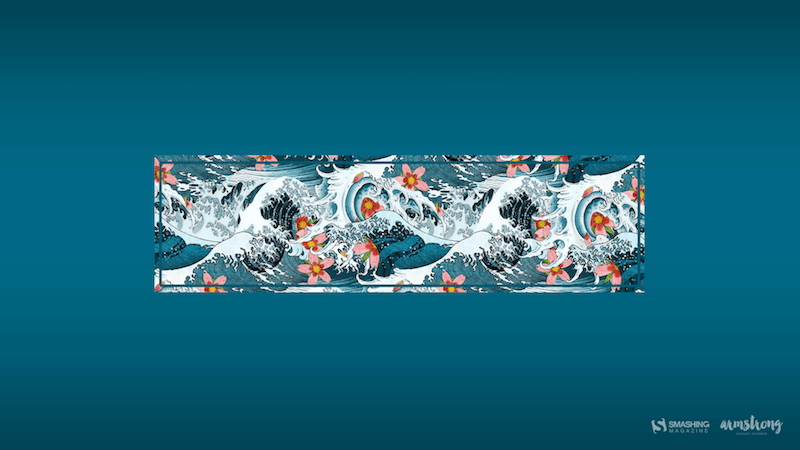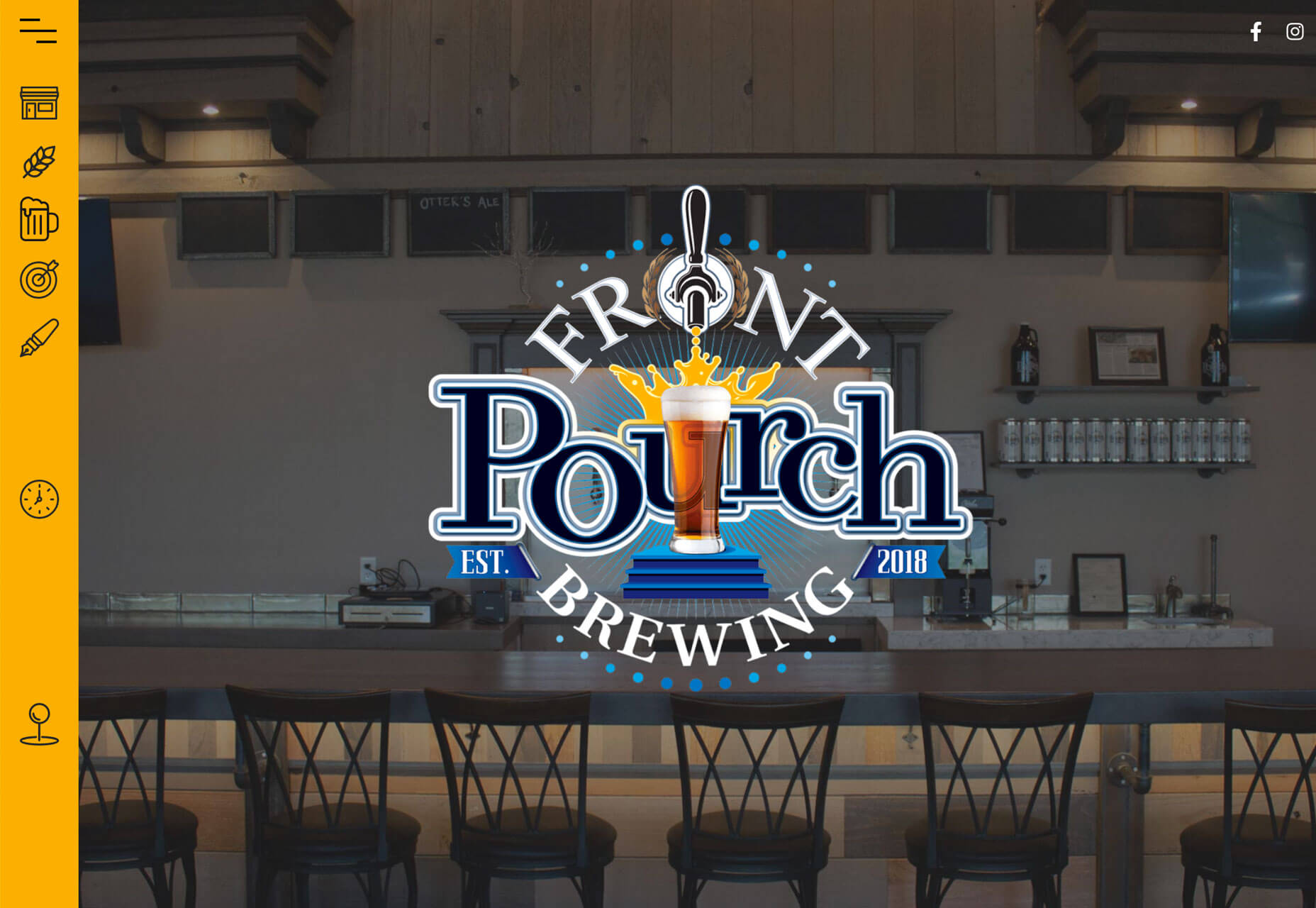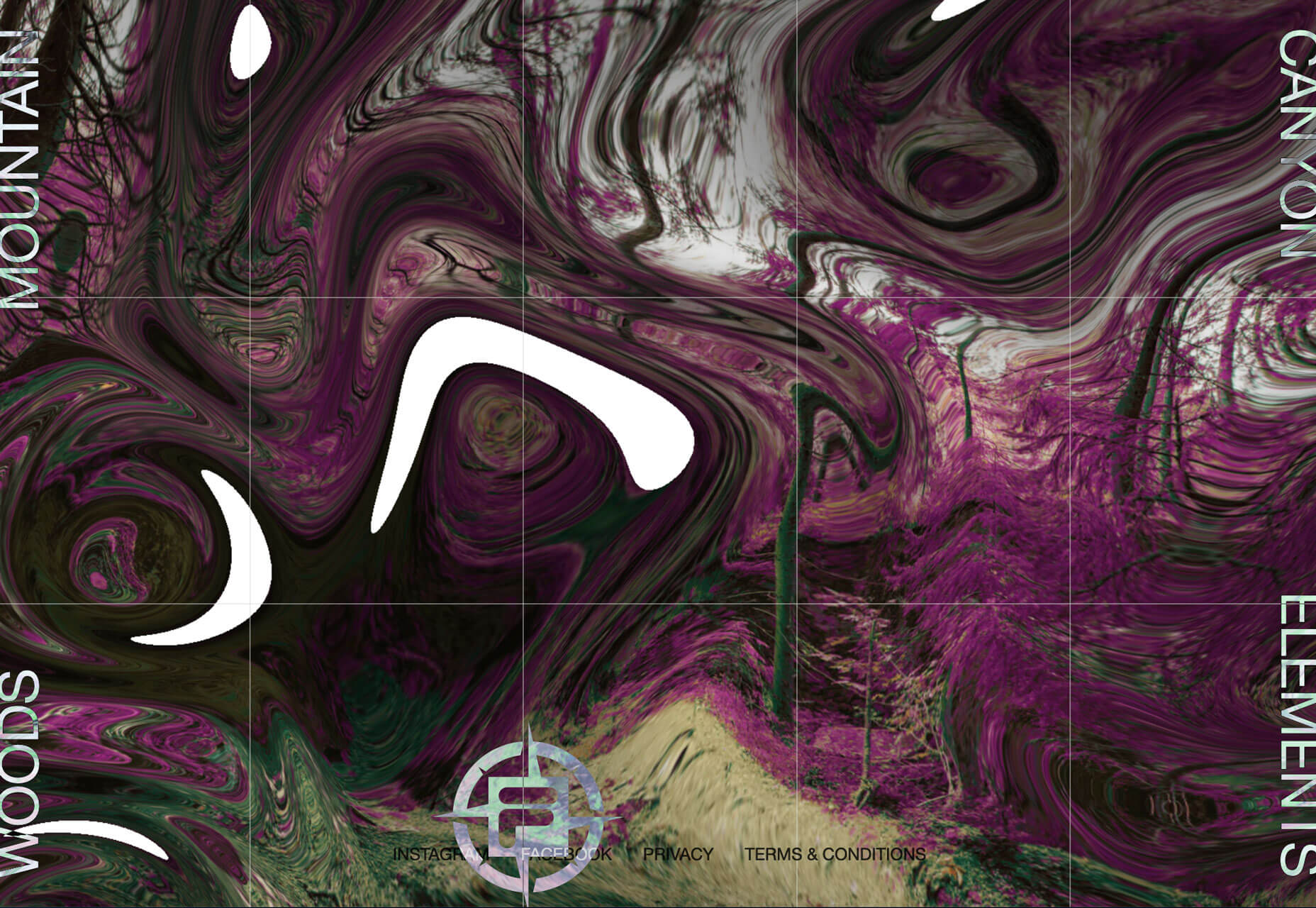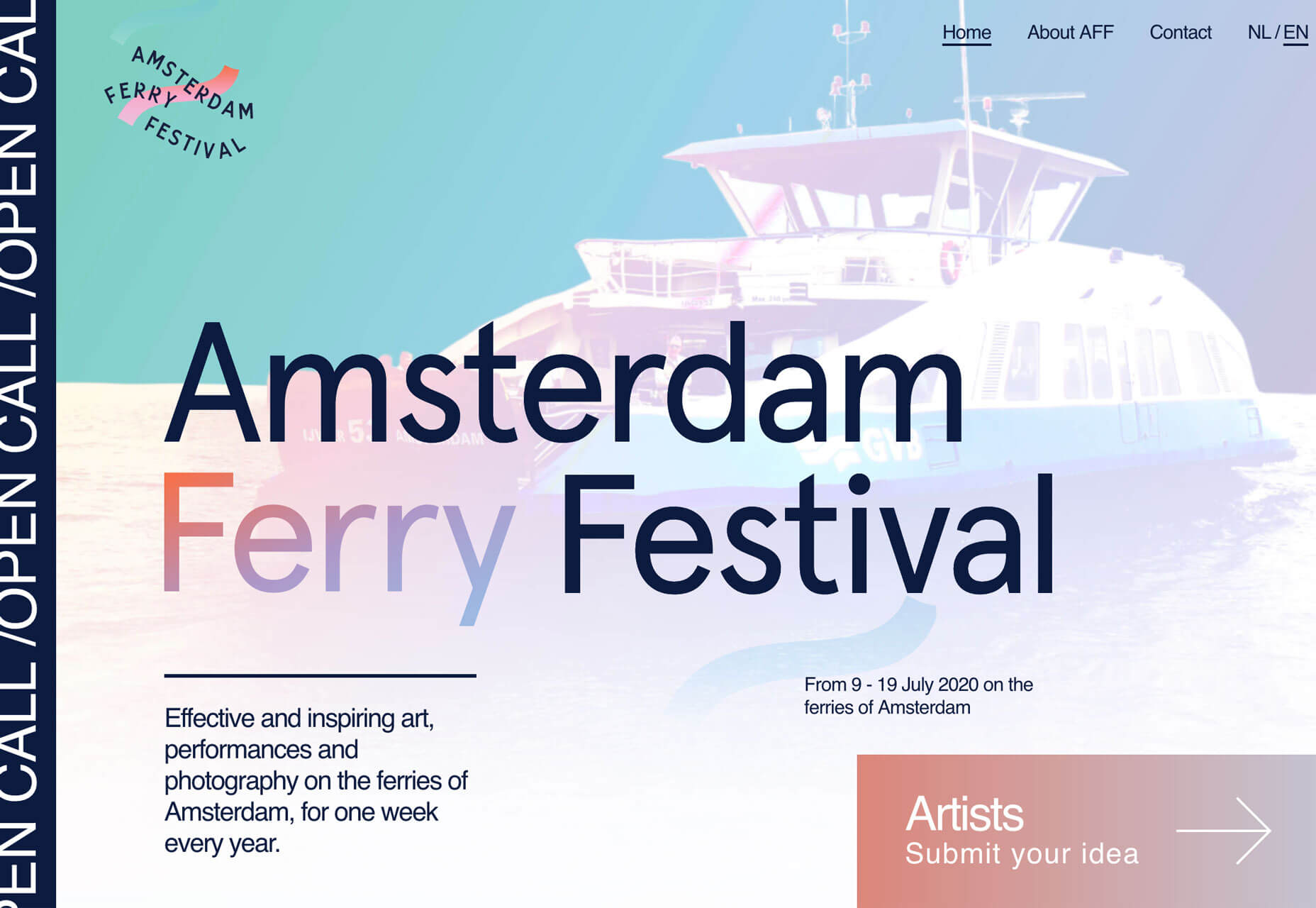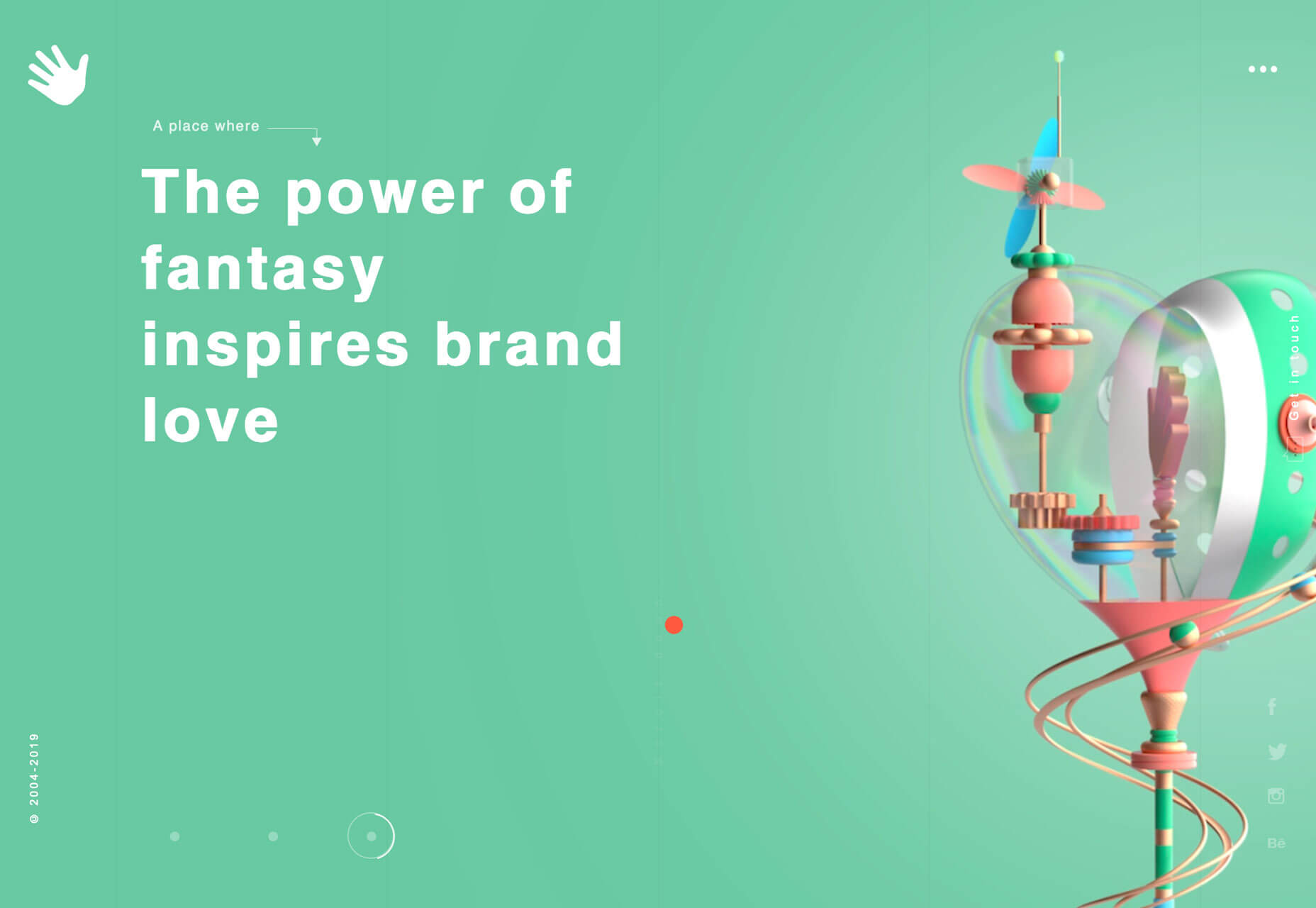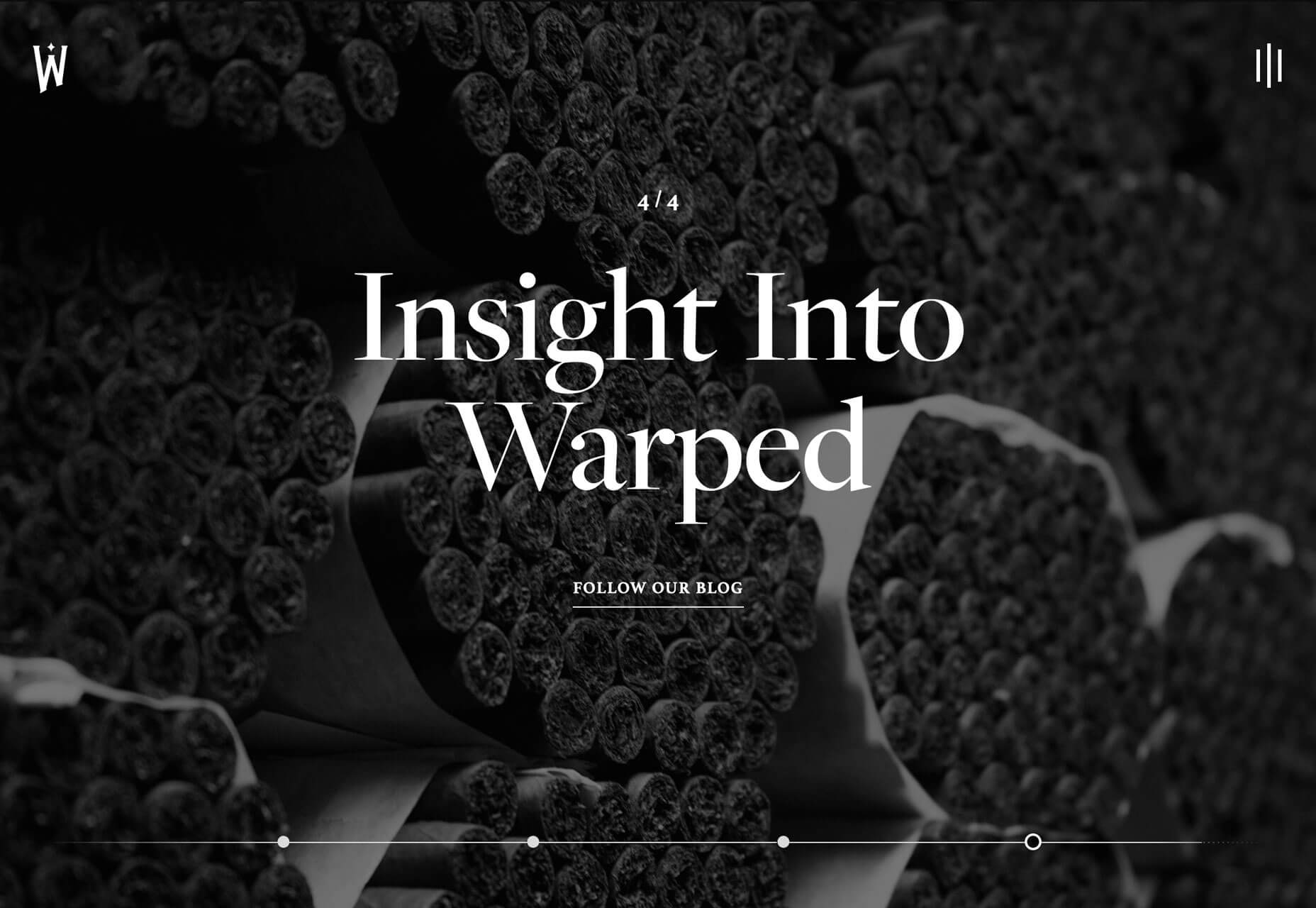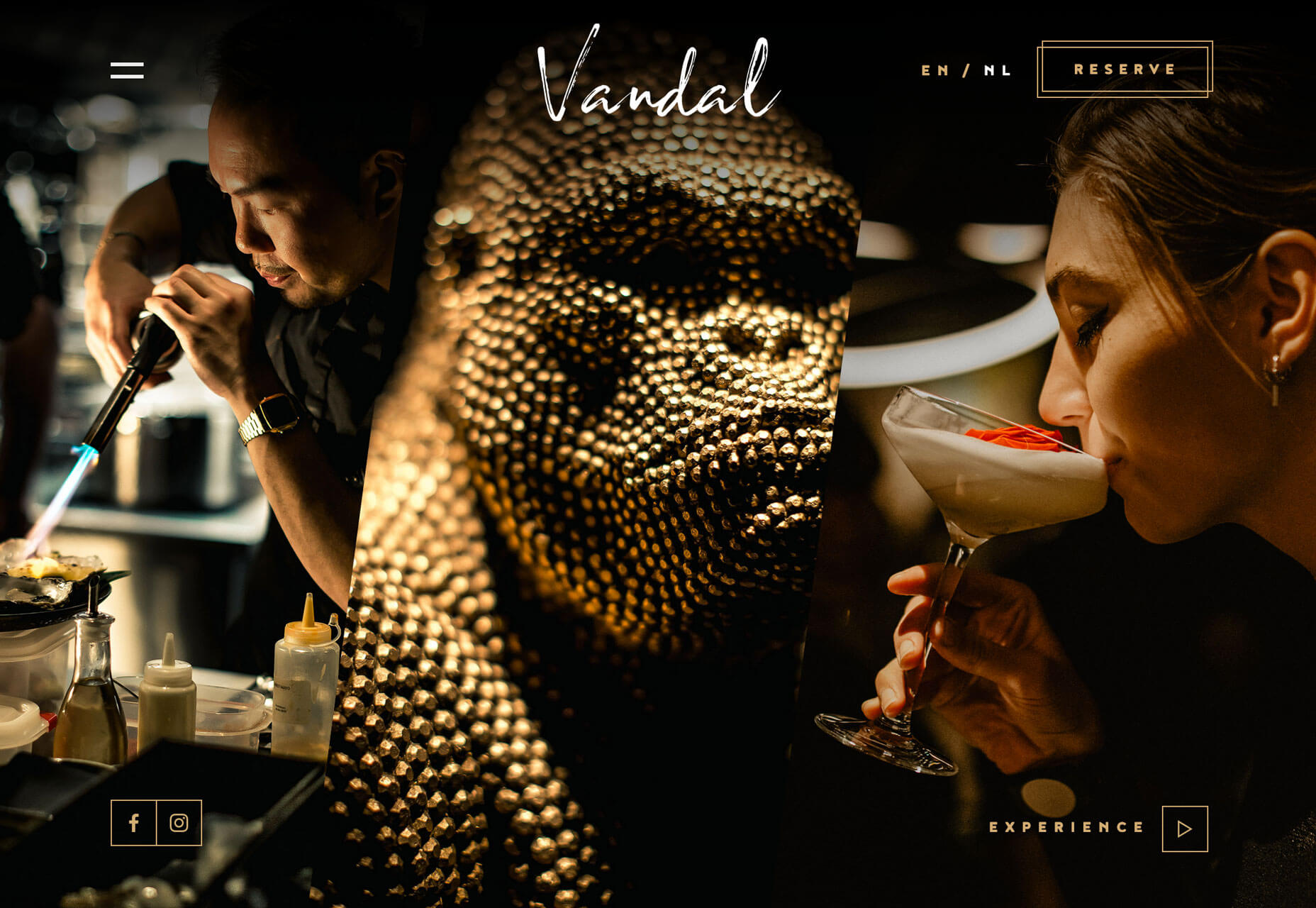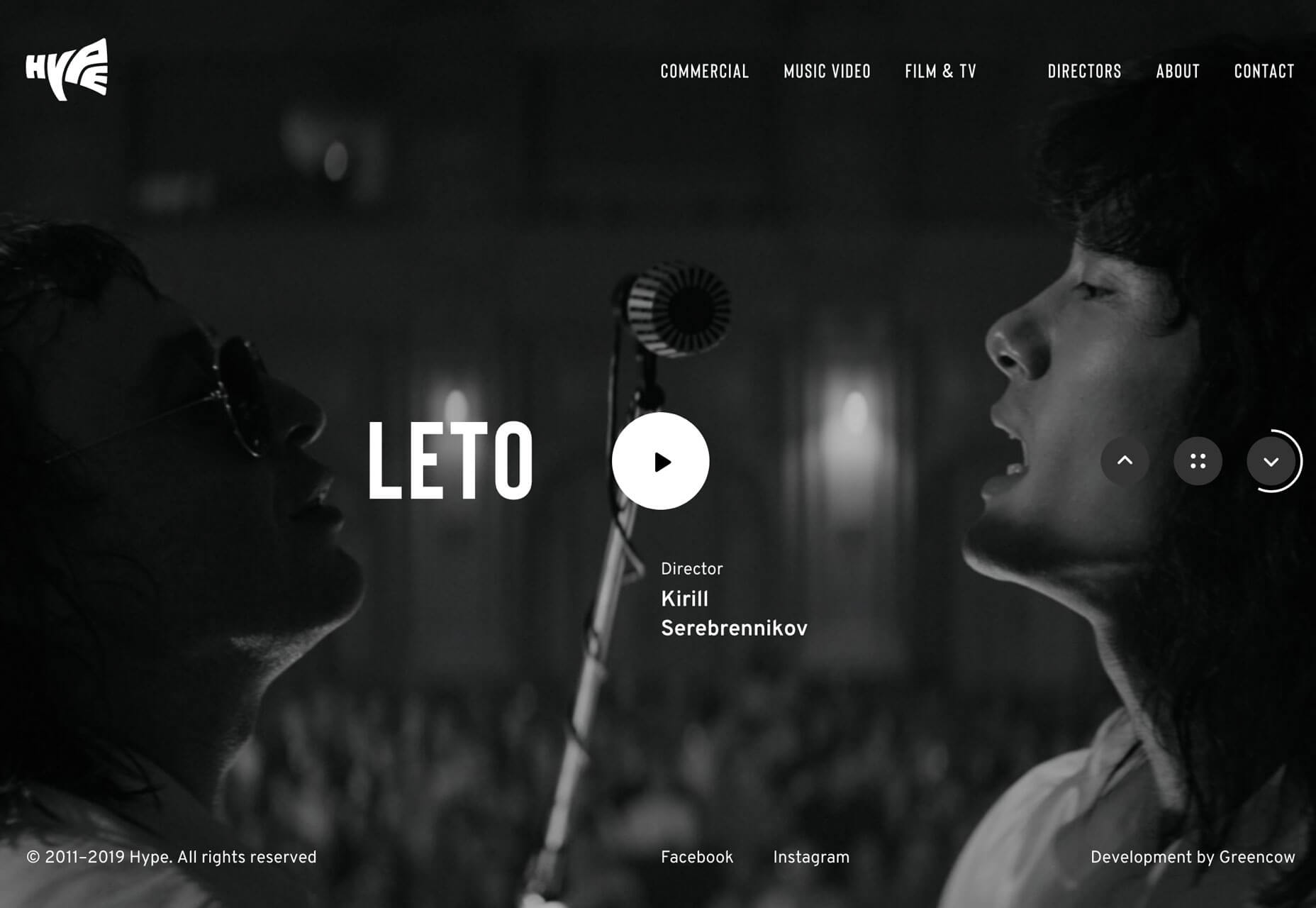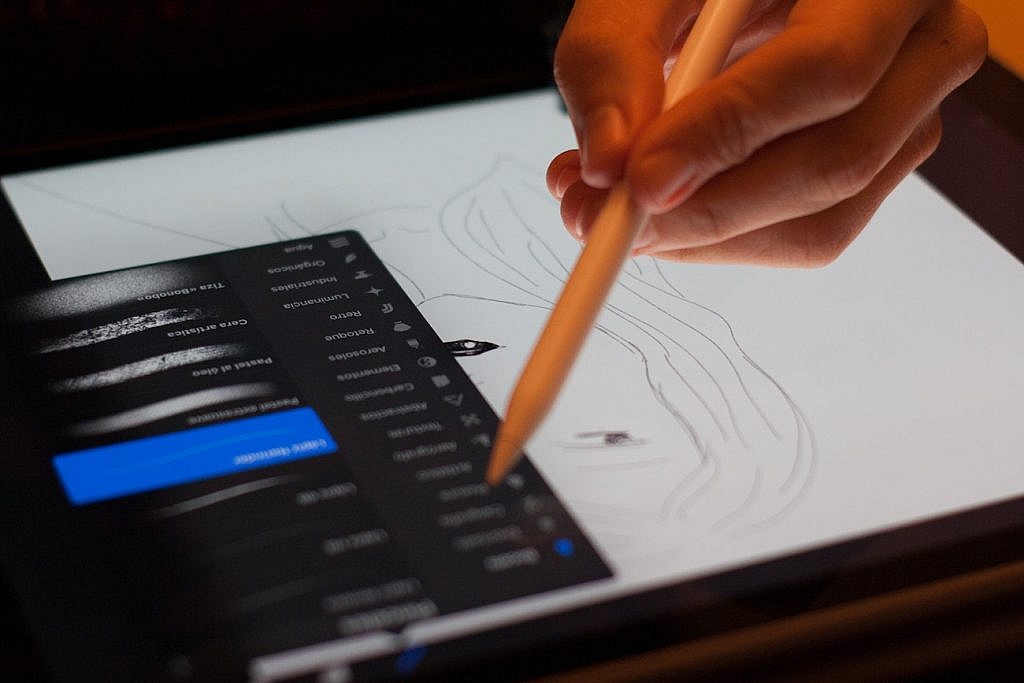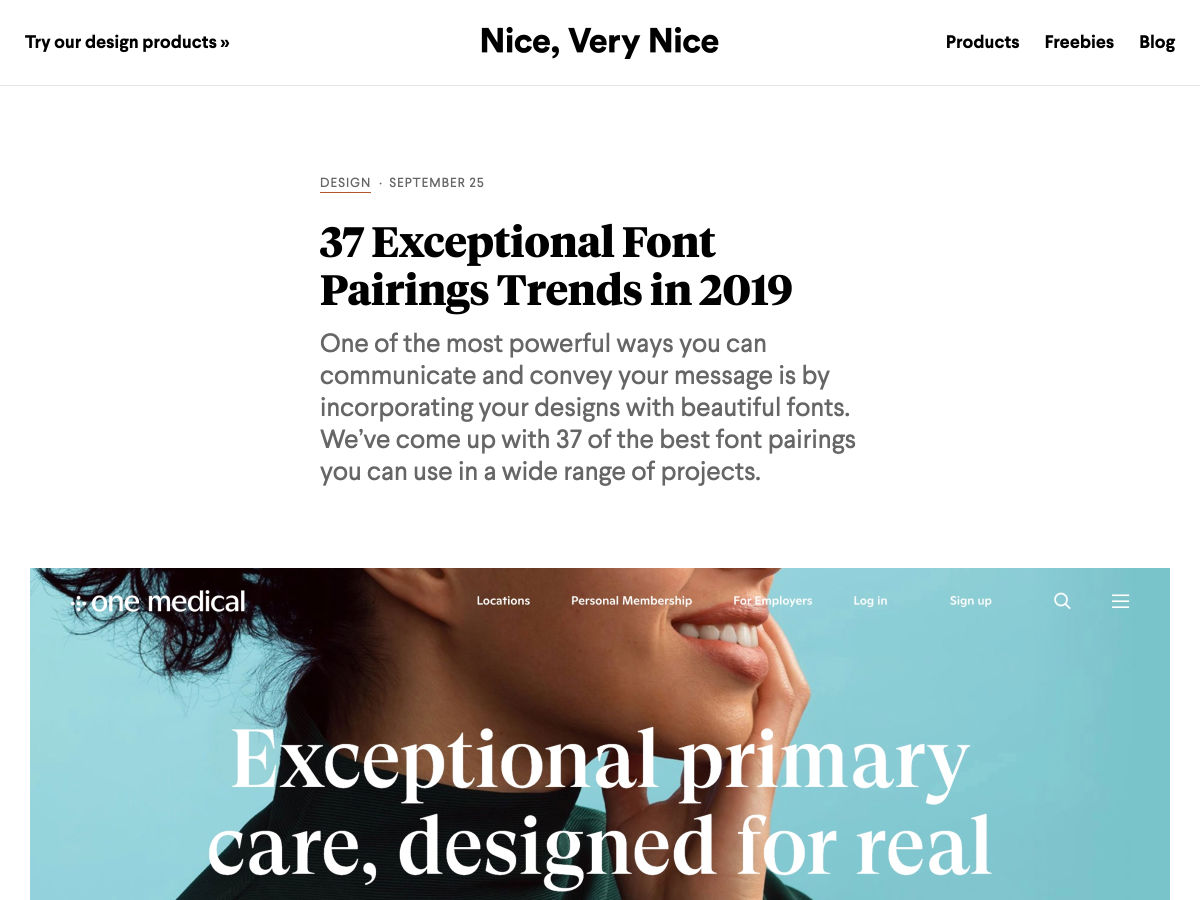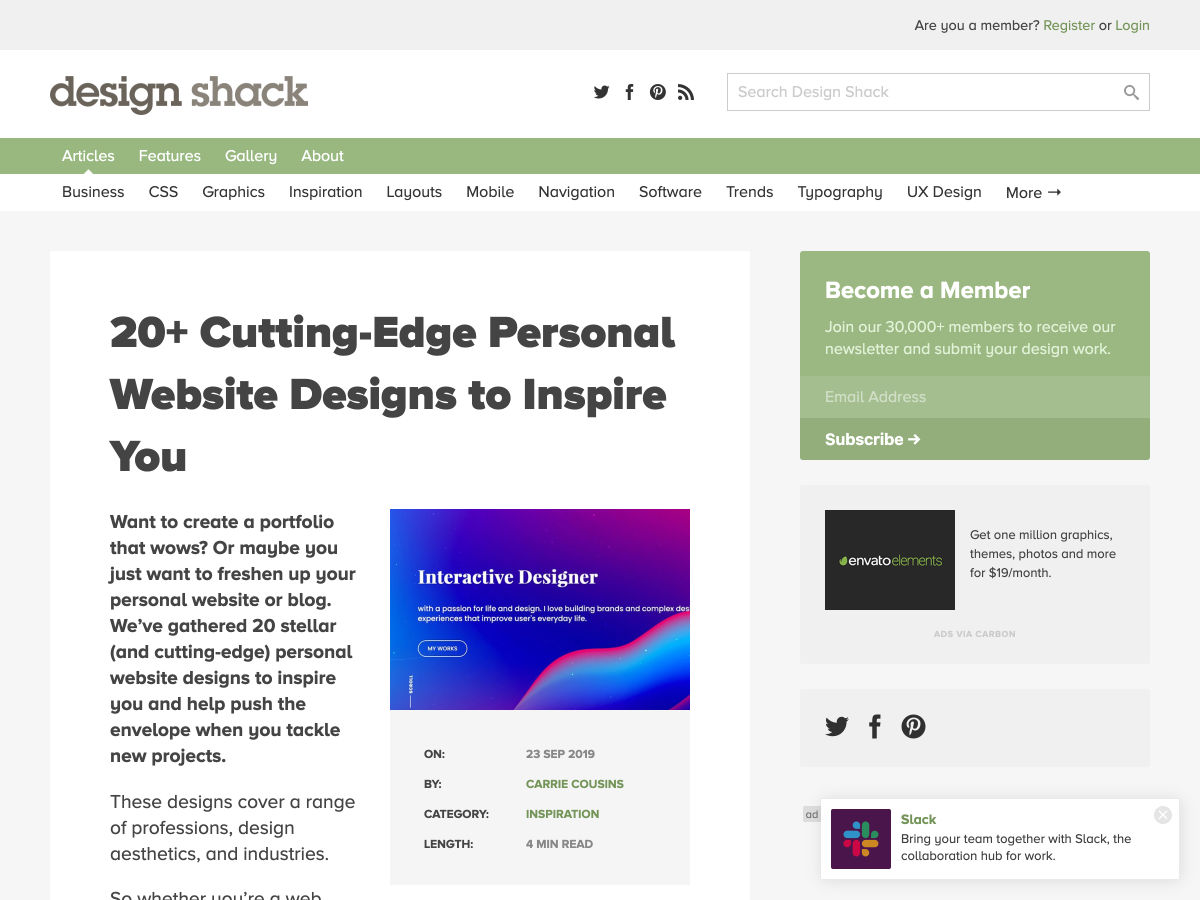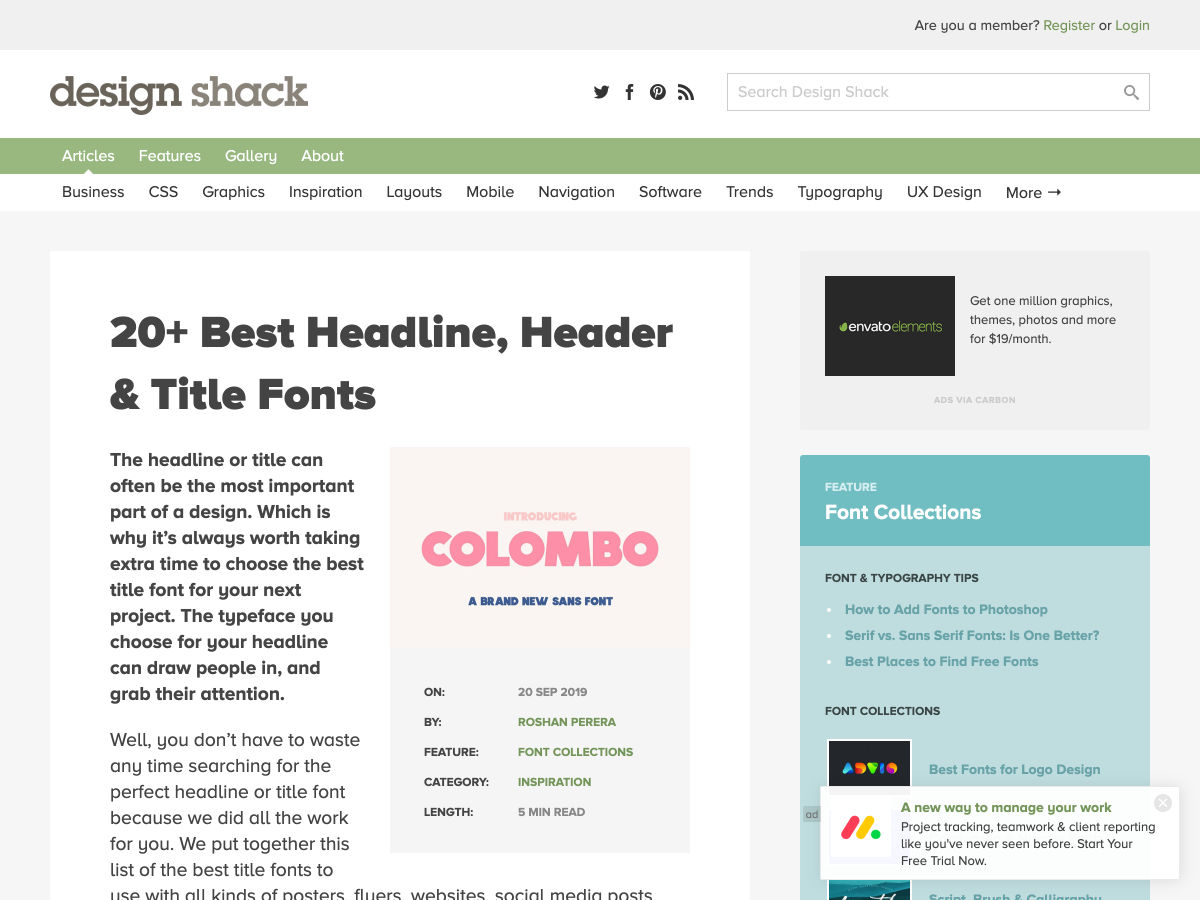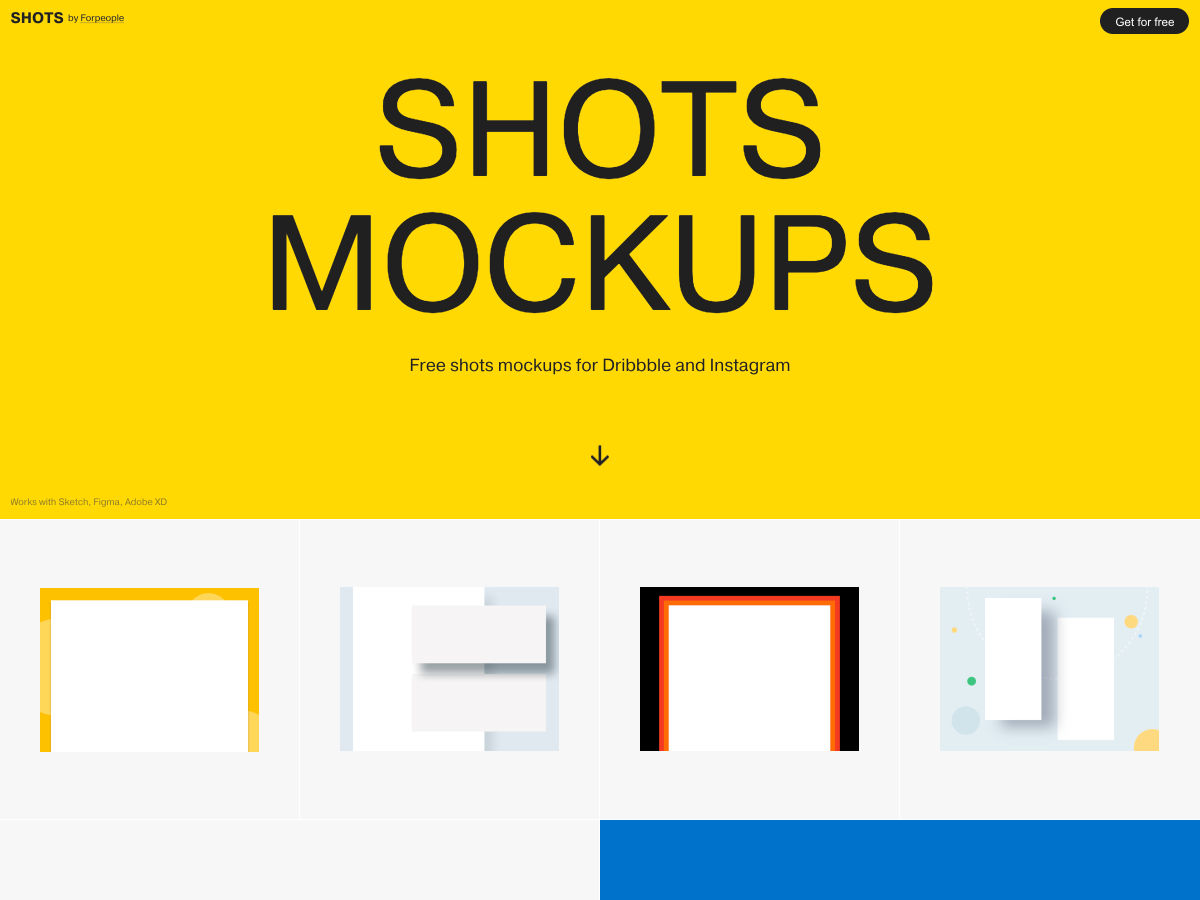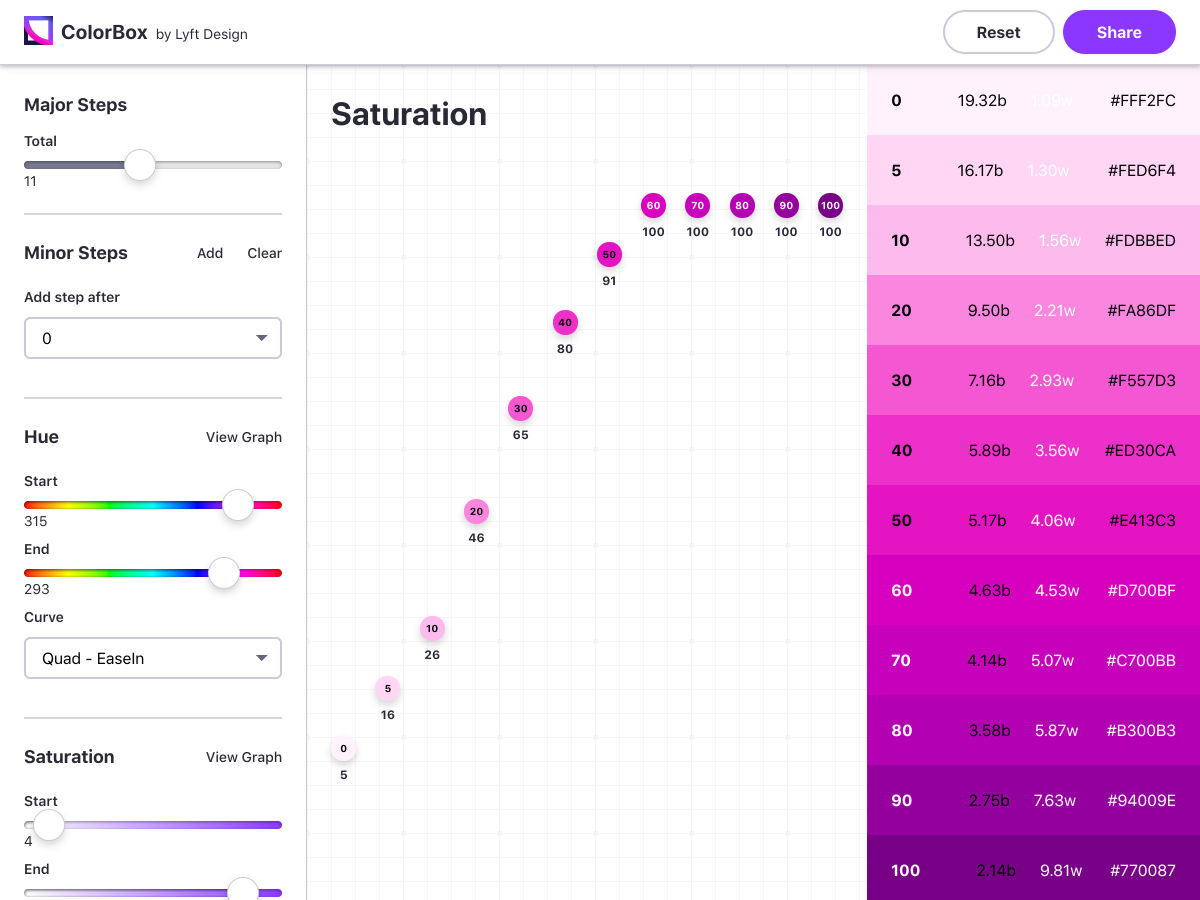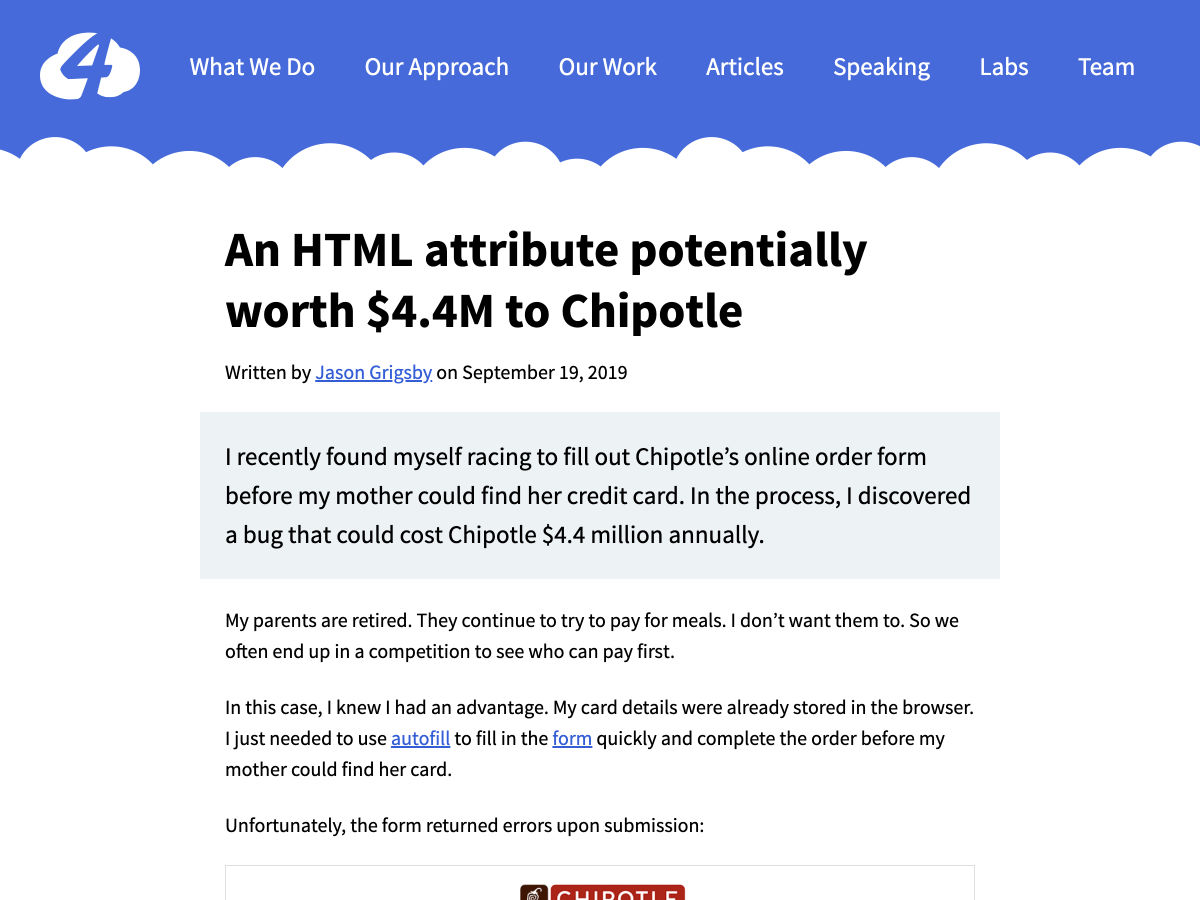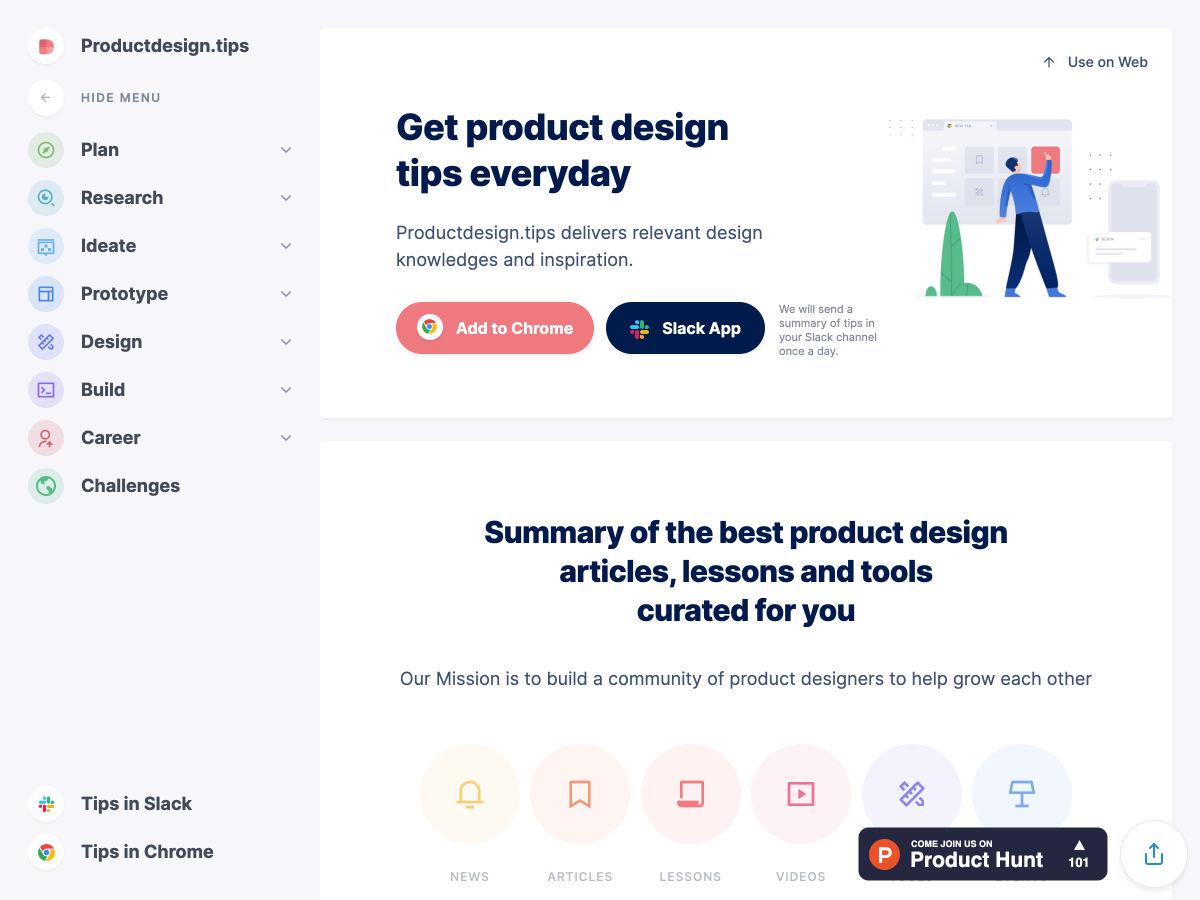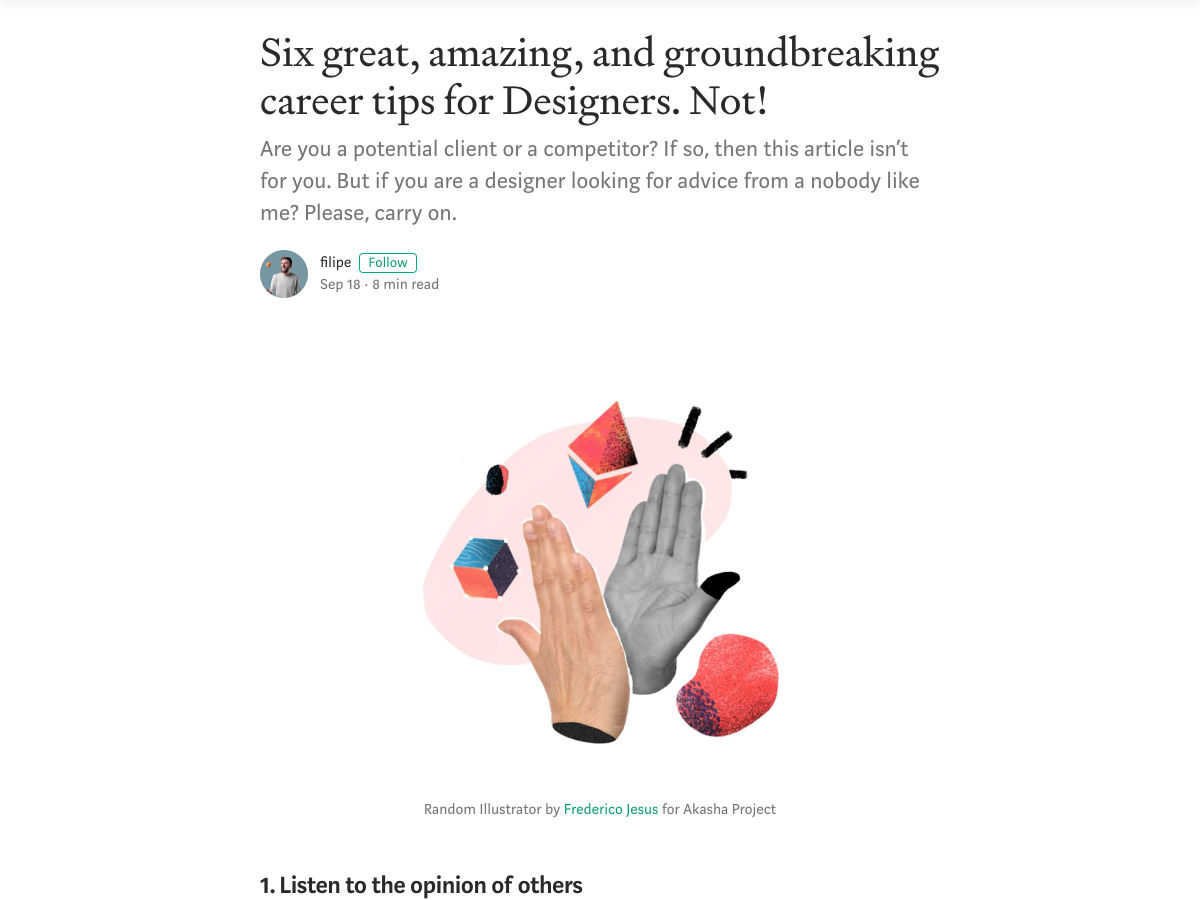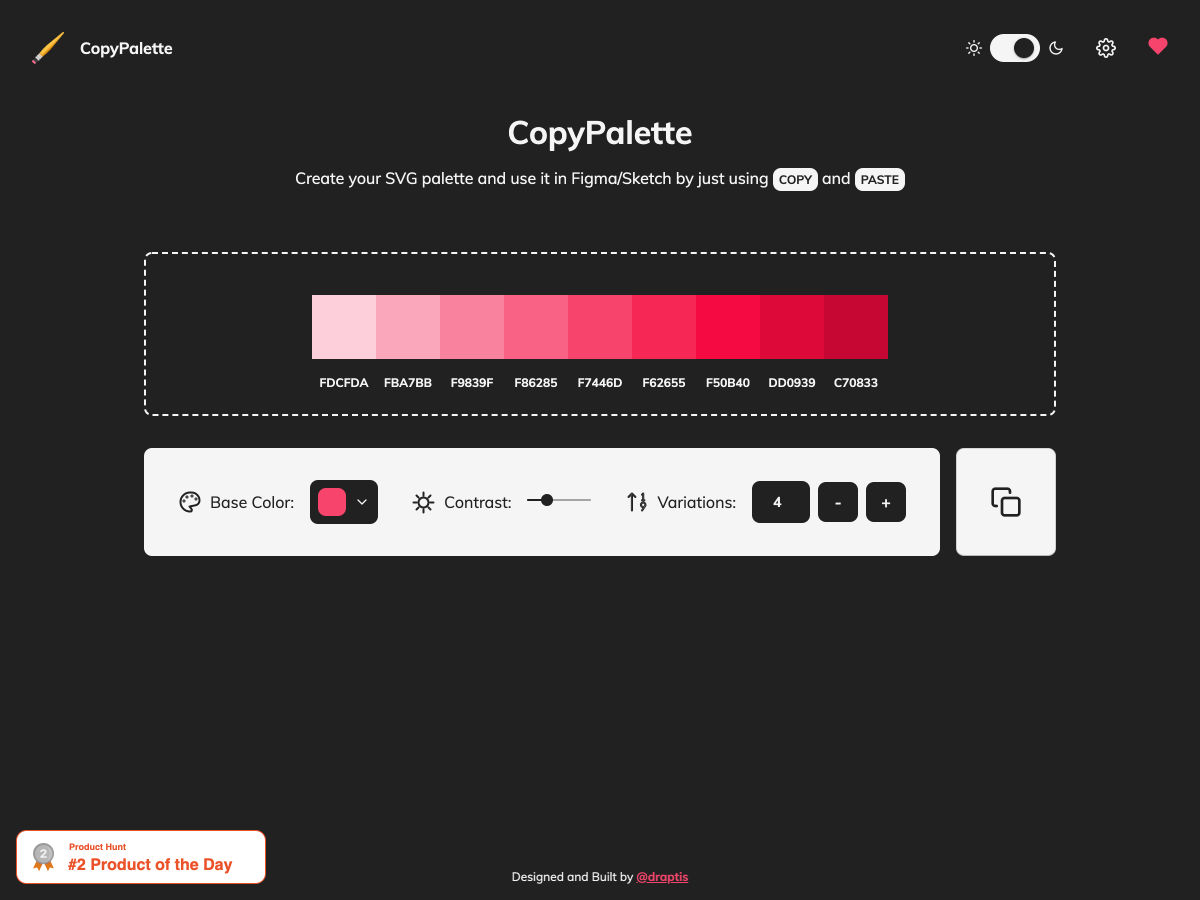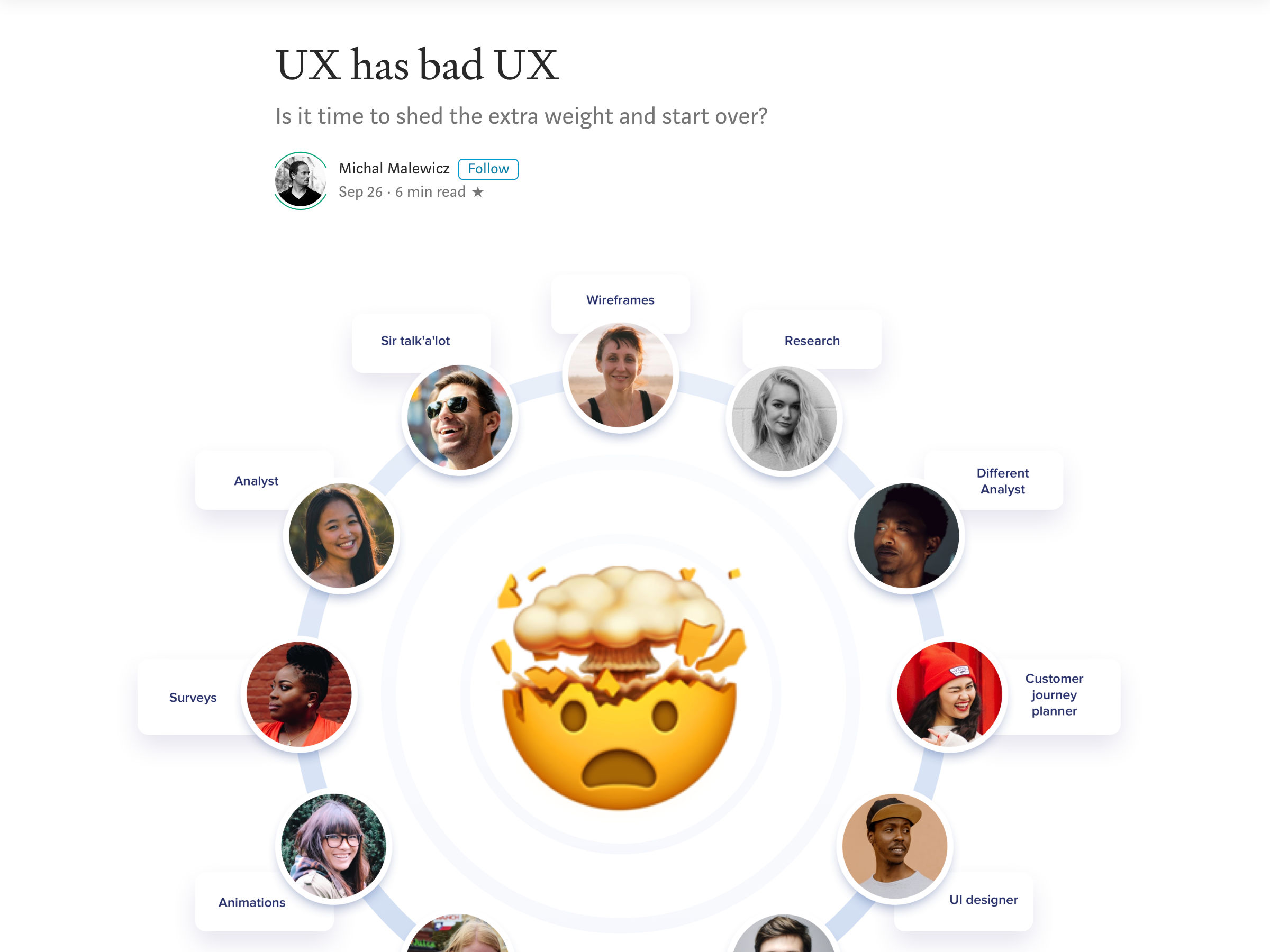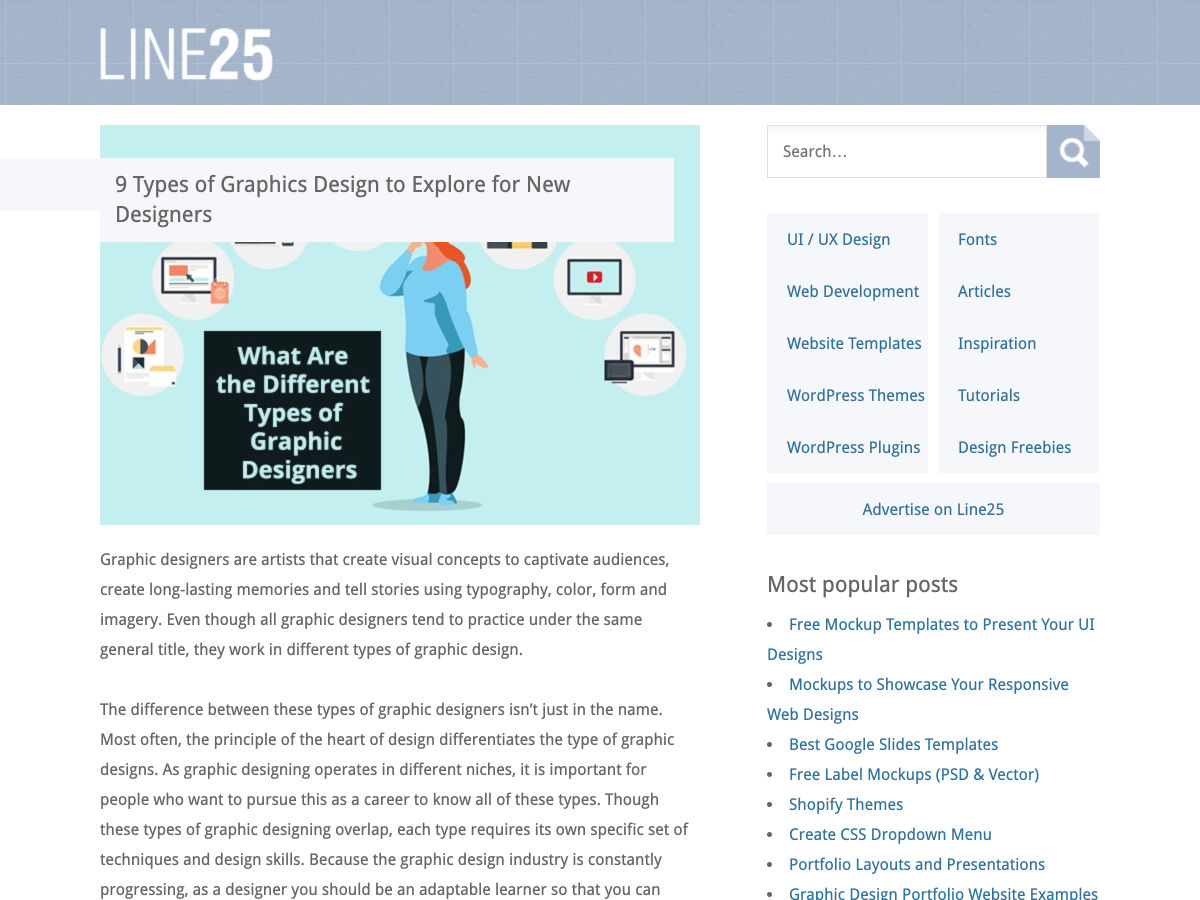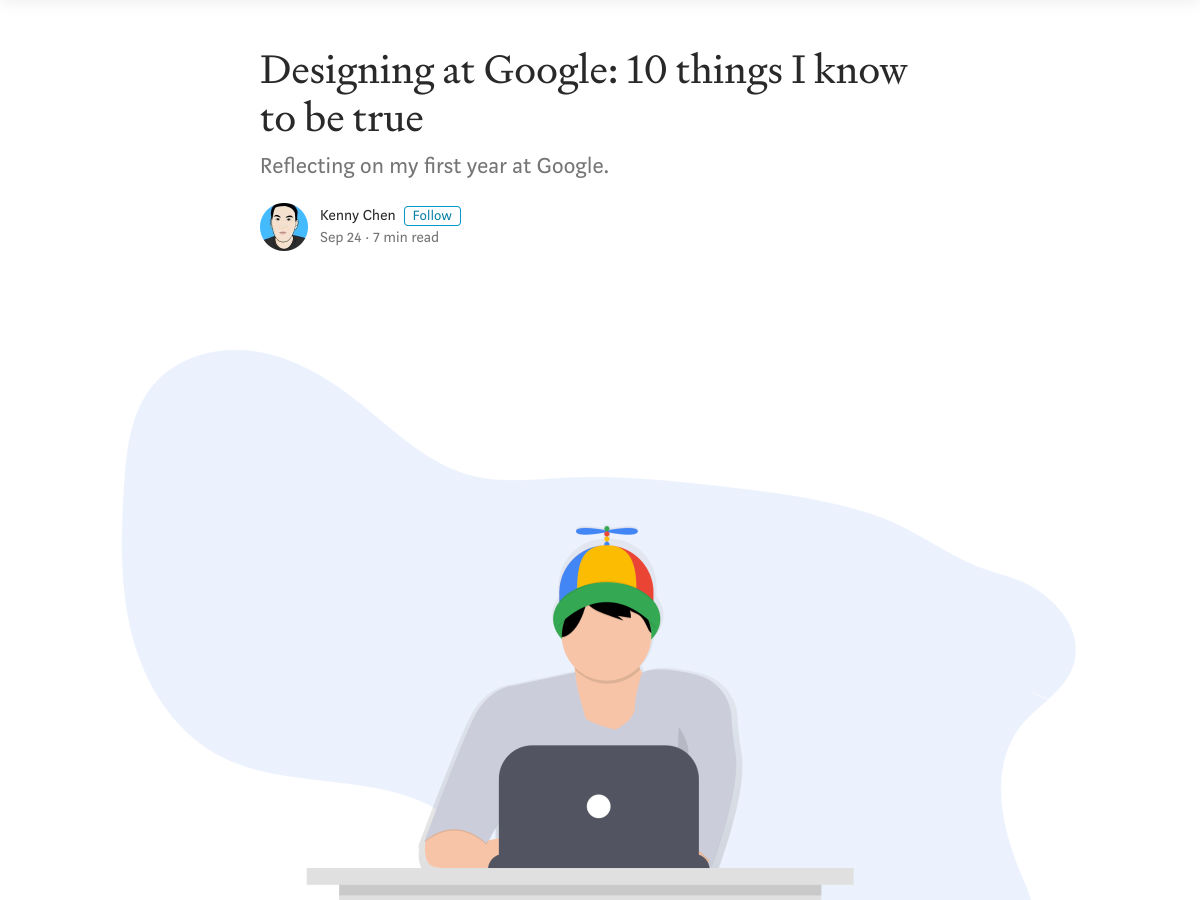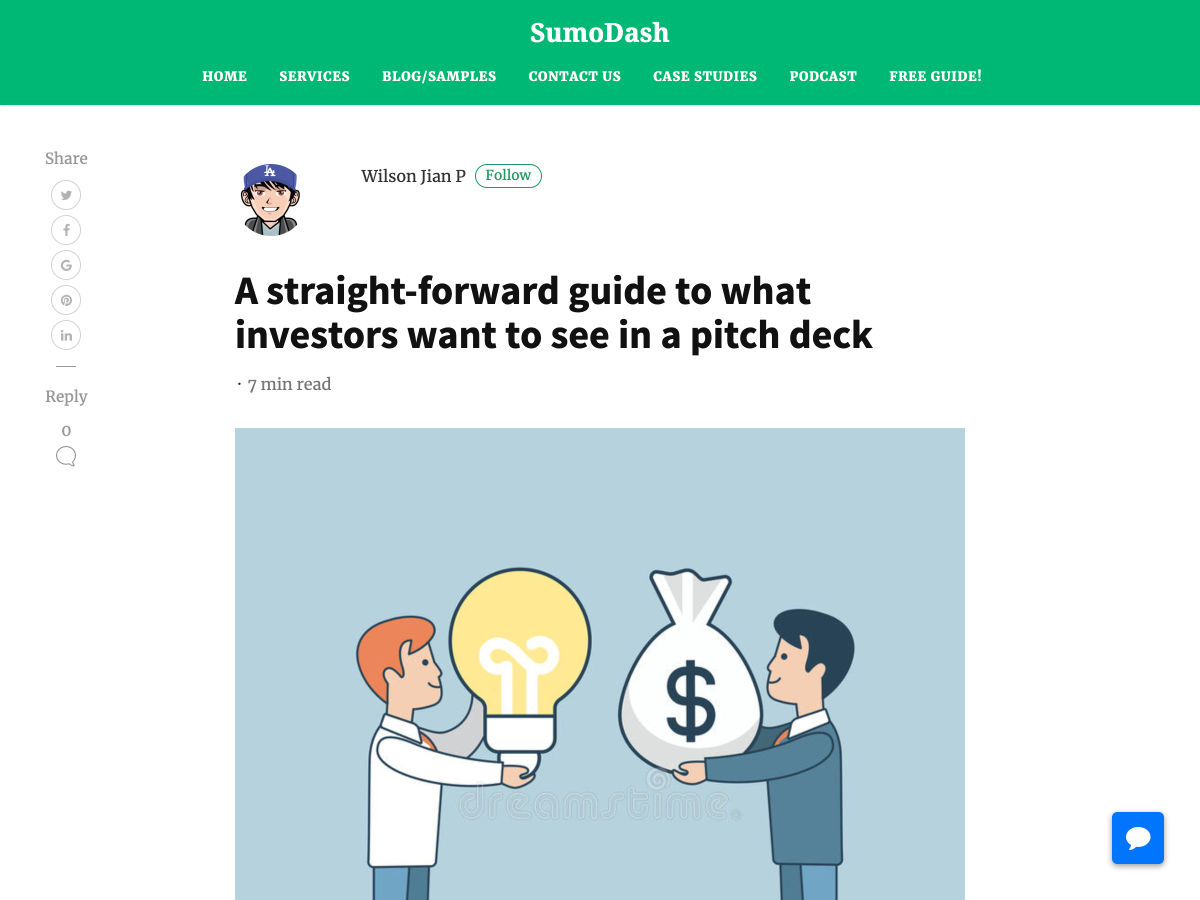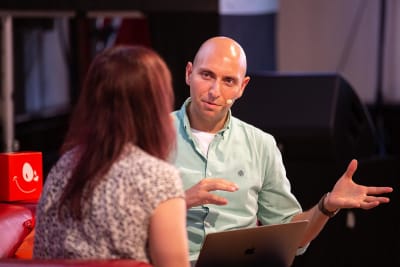The merits of Git as a version control system are difficult to contest, but while Git will do a superb job in keeping track of the commits you and your teammates have made to a repository, it will not, in itself, guarantee the quality of those commits. Git will not stop you from committing code with linting errors in it, nor will it stop you from writing commit messages that convey no information whatsoever about the nature of the commits themselves, and it will, most certainly, not stop you from committing poorly formatted code.
Fortunately, with the help of Git hooks, we can rectify this state of affairs with only a few lines of code. In this tutorial, I will walk you through how to implement Git hooks that will only let you make a commit provided that it meets all the conditions that have been set for what constitutes an acceptable commit. If it does not meet one or more of those conditions, an error message will be shown that contains information about what needs to be done for the commit to pass the checks. In this way, we can keep the commit histories of our code bases neat and tidy, and in doing so make the lives of our teammates, and not to mention our future selves, a great deal easier and more pleasant.
As an added bonus, we will also see to it that code that passes all the tests is formatted before it gets committed. What is not to like about this proposition? Alright, let us get cracking.
Prerequisites
In order to be able to follow this tutorial, you should have a basic grasp of Node.js, npm and Git. If you have never heard of something called package.json and git commit -m [message] sounds like code for something super-duper secret, then I recommend that you pay this and this website a visit before you continue reading.
Our plan of action
First off, we are going to install the dependencies that make implementing pre-commit hooks a walk in the park. Once we have our toolbox, we are going to set up three checks that our commit will have to pass before it is made:
- The code should be free from linting errors.
- Any related unit tests should pass.
- The commit message should adhere to a pre-determined format.
Then, if the commit passes all of the above checks, the code should be formatted before it is committed. An important thing to note is that these checks will only be run on files that have been staged for commit. This is a good thing, because if this were not the case, linting the whole code base and running all the unit tests would add quite an overhead time-wise.
In this tutorial, we will implement the checks discussed above for some front-end boilerplate that uses TypeScript and then Jest for the unit tests and Prettier for the code formatting. The procedure for implementing pre-commit hooks is the same regardless of the stack you are using, so by all means, do not feel compelled to jump on the TypeScript train just because I am riding it; and if you prefer Mocha to Jest, then do your unit tests with Mocha.
Installing the dependencies
First off, we are going to install Husky, which is the package that lets us do whatever checks we see fit before the commit is made. At the root of your project, run:
npm i husky --save-dev
However, as previously discussed, we only want to run the checks on files that have been staged for commit, and for this to be possible, we need to install another package, namely lint-staged:
npm i lint-staged --save-dev
Last, but not least, we are going to install commitlint, which will let us enforce a particular format for our commit messages. I have opted for one of their pre-packaged formats, namely the conventional one, since I think it encourages commit messages that are simple yet to the point. You can read more about it here.
npm install @commitlint/{config-conventional,cli} --save-dev
## If you are on a device that is running windows
npm install @commitlint/config-conventional @commitlint/cli --save-dev
After the commitlint packages have been installed, you need to create a config that tells commitlint to use the conventional format. You can do this from your terminal using the command below:
echo "module.exports = {extends: ['@commitlint/config-conventional']}" > commitlint.config.js
Great! Now we can move on to the fun part, which is to say implementing our checks!
Implementing our pre-commit hooks
Below is an overview of the scripts that I have in the package.json of my boilerplate project. We are going to run two of these scripts out of the box before a commit is made, namely the lint and prettier scripts. You are probably asking yourself why we will not run the test script as well, since we are going to implement a check that makes sure any related unit tests pass. The answer is that you have to be a little bit more specific with Jest if you do not want all unit tests to run when a commit is made.
"scripts": {
"start": "webpack-dev-server --config ./webpack.dev.js --mode development",
"build": "webpack --config ./webpack.prod.js --mode production",
"test": "jest",
"lint": "tsc --noEmit",
"prettier": "prettier --single-quote --print-width 80 "./**/*.{js,ts}" --write"
}
As you can tell from the code we added to the package.json file below, creating the pre-commit hooks for the lint and prettier scripts does not get more complicated than telling Husky that before a commit is made, lint-staged needs to be run. Then you tell lint-staged to run the lint and prettier scripts on all staged JavaScript and TypeScript files, and that is it!
"scripts": {
"start": "webpack-dev-server --config ./webpack.dev.js --mode development",
"build": "webpack --config ./webpack.prod.js --mode production",
"test": "jest",
"lint": "tsc --noEmit",
"prettier": "prettier --single-quote --print-width 80 "./**/*.{js,ts}" --write"
},
"husky": {
"hooks": {
"pre-commit": "lint-staged"
}
},
"lint-staged": {
"./**/*.{ts}": [
"npm run lint",
"npm run prettier"
]
}
At this point, if you set out to anger the TypeScript compiler by passing a string to a function that expects a number and then try to commit this code, our lint check will stop your commit in its tracks and tell you about the error and where to find it. This way, you can correct the error of your ways, and while I think that, in itself, is pretty powerful, we are not done yet!
By adding "jest --bail --coverage --findRelatedTests" to our configuration for lint-staged, we also make sure that the commit will not be made if any related unit tests do not pass. Coupled with the lint check, this is the code equivalent of wearing two safety harnesses while fixing broken tiles on your roof.
What about making sure that all commit messages adhere to the commitlint conventional format? Commit messages are not files, so we can not handle them with lint-staged, since lint-staged only works its magic on files staged for commit. Instead, we have to return to our configuration for Husky and add another hook, in which case our package.json will look like so:
"scripts": {
"start": "webpack-dev-server --config ./webpack.dev.js --mode development",
"build": "webpack --config ./webpack.prod.js --mode production",
"test": "jest",
"lint": "tsc --noEmit",
"prettier": "prettier --single-quote --print-width 80 "./**/*.{js,ts}" --write"
},
"husky": {
"hooks": {
"commit-msg": "commitlint -E HUSKY_GIT_PARAMS", //Our new hook!
"pre-commit": "lint-staged"
}
},
"lint-staged": {
"./**/*.{ts}": [
"npm run lint",
"jest --bail --coverage --findRelatedTests",
"npm run prettier"
]
}
If your commit message does not follow the commitlint conventional format, you will not be able to make your commit: so long, poorly formatted and obscure commit messages!
If you get your house in order and write some code that passes both the linting and unit test checks, and your commit message is properly formatted, lint-staged will run the Prettier script on the files staged for commit before the commit is made, which feels like the icing on the cake. At this point, I think we can feel pretty good about ourselves; a bit smug even.
Implementing pre-commit hooks is not more difficult than that, but the gains of doing so are tremendous. While I am always skeptical of adding yet another step to my workflow, using pre-commit hooks has saved me a world of bother, and I would never go back to making my commits in the dark, if I am allowed to end this tutorial on a somewhat pseudo-poetical note.
The post How I Learned to Stop Worrying and Love Git Hooks appeared first on CSS-Tricks.































